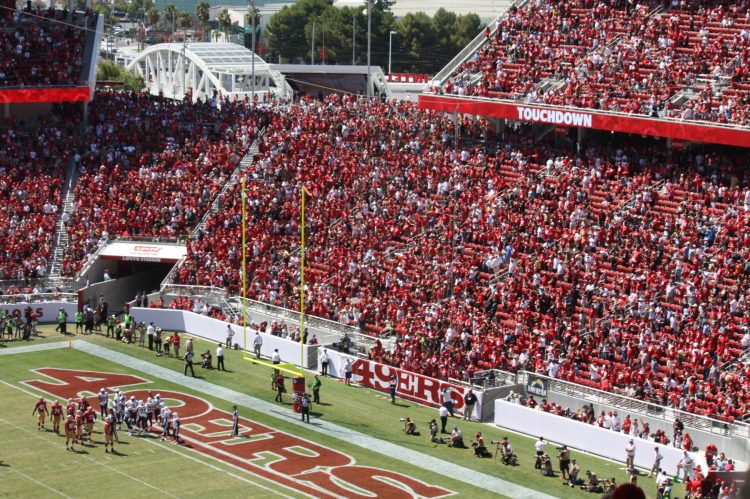Providing security at Super Bowl 50 won’t be easy in the age of drones and other high-tech gizmos that have the potential to both add to and compromise security.
Government officials are already worried about whether recent attacks on fiber-optic systems in California could be connected to a more “complex plot” against the Super Bowl, which takes place on Feb. 7 and has elicited one of the biggest security efforts in Silicon Valley in recent memory.
In the weeks leading up to the event a series of attacks has taken place against the fiber-optic cables that bring Internet into the San Francisco Bay Area. I’ve actually seen some of the places where the fiber-optic cables come into the region, and it’s scary to think that potential terrorists may already know where they are.
NBC News reported on an internal memo shared by the FBI and U.S. Department of Homeland Security intelligence analysts ahead of the big event. The memo states that there is no information on any specific, credible threats associated with Super Bowl 50.
But it notes that the attacks against the fiber-optic systems could conceivably be the result of someone testing for weaknesses in stadium security. On top of that, security officials are worried about the threat of attacks using drones in the stadium or in the crowded, less-secure places outside of it in Santa Clara, Calif., NBC said.
In previous tours of the stadium, officials have touted how good the wireless technology is. Last year, during a tour of the empty stadium, I was able to get a Wi-Fi connection with a speed of 28MB per second downstream and 47MB upstream on my iPhone.
Comcast Business brings the Internet into the stadium, using multiple paths for redundancy. The fiber-optic cables provide Comcast Business VoiceEdge, a cloud-based service that uses the Internet to provide both data connectivity and voice communications over the same unified network.
Comcast has wired the place with multiple 10GB Ethernet networking cables (combined into 40GB-per-second bandwidth), bringing a total of 400 miles of fiber-optic cable into the stadium. At any given spot, you can access super-fast Wi-Fi, thanks to 1,200 routers within the stadium itself (600 of them placed above and under the seats).
Clearly, if terrorists targeted fiber-optic cables in the region, it would severely limit the ability of the 68,500 people in the stadium to take selfies during the game and post them to their social networks. (That’s half the fun, right?)
Separate FBI records reviewed by NBC showed that at least 10 fiber-optics cables were deliberately severed between July 2014 and June 2015, and Michele Ernst, a spokesperson for the FBI’s San Francisco field office, told NBC that there have been 15 attacks against fiber-optic lines in the region since 2014.
Drones could pose a variety of threats. One relatively benign threat would involve drones unlawfully broadcasting images from inside the stadium. A more serious threat would involve the risk of injury if the operator lost control of a drone in a crowded venue. Worse would be if a perpetrator somehow used a drone to carry out an attack, the authorities said.
VentureBeat's mission is to be a digital town square for technical decision-makers to gain knowledge about transformative enterprise technology and transact. Learn More



